The planes of Magic: The Gathering have always been in conflict to different degrees, yet the new March of the Machine set has introduced an all-out war, pitting the seemingly unstoppable forces of New Phyrexia against the isolated universes that fans are familiar with. I recently had a chance to experience the new cards introduced in March of the Machine as part of a pre-release event in Magic: The Gathering Arena and try out the mechanics that have been introduced that reflect the ongoing battles across the universe.
Most Magic: The Gathering sets can be enjoyed without players needing to learn about the lore. This isn’t the case with March of the Machine or the previous set, Phyrexia: All Will Be One, as significant changes have happened in the multiverse. Elesh Norn, the leader of New Phyrexia, spearheaded the invasion of other planes, with factions like the warriors of Theros, the gangsters of New Capenna, and the monsters of Innistrad all united in defense of their homeland as biomechanical horrors attempt to enslave their worlds.
The Battle Cards Introduce A New Planeswalker-Style Element

The most significant addition in Magic: The Gathering March of the Machine are Battle cards, depicting the invasion of various planes of existence. Battle cards are a new type of permanent played onto the opponent’s side of the field, and you can select them as the target for damage in the same way as Planeswalkers. Not only do Battle cards provide an advantage when they’re played, but they transform into powerful new cards when defeated. The Battle cards shake things up, as they can force the opponent to commit their resources to defend them. This can help prevent stalling tactics, where one player is determined to grow their side of the field, leading to turns of build-up.
March of the Machine’s Battle cards are a fantastic addition to Magic: The Gathering. My time using cards like Invasion of Theros and Invasion of Ulgrotha came with excellent benefits, to the point where the opponent cannot ignore them. The Battle cards are more active participants than card types like Dungeons from the D&D sets or the Saga cards. There is a lot of potential for Wizards of the Coast to expand on the concept in future sets once the Phyrexian invasion storyline has concluded, as it’s clear to see that the Battles add new depth to the gameplay by forcing the enemy to babysit a card, or risk giving you a reward.
March of The Machine’s Incubate & Backup Mechanics Are All About Token Domination

The other new mechanics in the Magic: The Gathering set are Incubate and Backup. Incubate lets the player generate tokens that can be spawned into artifact creatures of variable strength for a cost of two mana. As a mechanic, Incubate has the potential to be powerful, but it needs to be the focus of the deck, with cards like Glissa, Herald of Predation being able to generate and buff lots of creatures throughout a few turns.
The Incubate effect might not seem like much on its own, but when paired with the returning proliferate mechanic that had a big role in Phyrexia: All Will Be One (which created additional tokens), it will be able to spawn a small army. Some of the best cards from Phyrexia: All Will Be One have a lot of synergy with Incubator tokens, like Mondrak, Glory Dominus, and Tekuthal, Inquiry Dominus; it just takes a little work to bring it all together.
The Backup mechanic in Magic: The Gathering is a bit more varied than Incubate. Backup adds a +1/+1 counter to creatures on the field and an additional effect listed after the card text, but only until the end of the turn. Like the Incubate effect, the Backup counters can benefit from proliferate, allowing these cards to generate even more tokens when summoned. The fact that the secondary ability is temporary means that Backup cards require careful timing to be used to their full advantage. Some players might prefer a deck based around the permanent changes brought about by buffing Artifacts or Enchantments rather than the short-term benefits of Backup.
While not quite as impressive as the Battle cards, the Incubate and Backup effects are a lot of fun to play around with, though they require much more focus to be used properly. A token-heavy deck would greatly benefit from Incubate or Backup cards, but they don’t work as well outside of their niche. By comparison, Battle cards can fit into many different deck styles and are likelier to see play in the future.
Related: The 5 best MTG Enchantment cards in Phyrexia: All Will Be One
March of the Machine Emulates The Feeling Of The Storyline
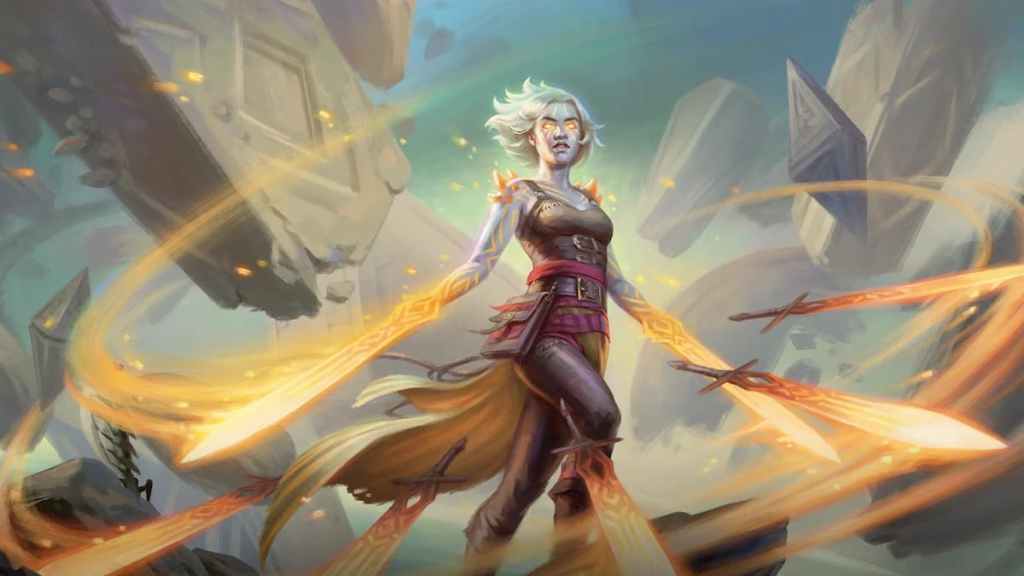
March of the Machine has a lot of exciting things going on. Between the Battle cards and numerous options that feature callbacks & cameos to different Magic: The Gathering characters, this set feels like the 30th-anniversary celebration set that fans have wanted. This is especially true when compared to another costly set that launched over the past year. In fact, the lore ramifications are so significant it raises the question of where the game can go next. As the MCU has proven, a gigantic crossover against a universe-ending threat can raise the stakes a little too high, but in this case, it works as a celebration of the history of the game and provides a sufficiently epic feel within its cards.

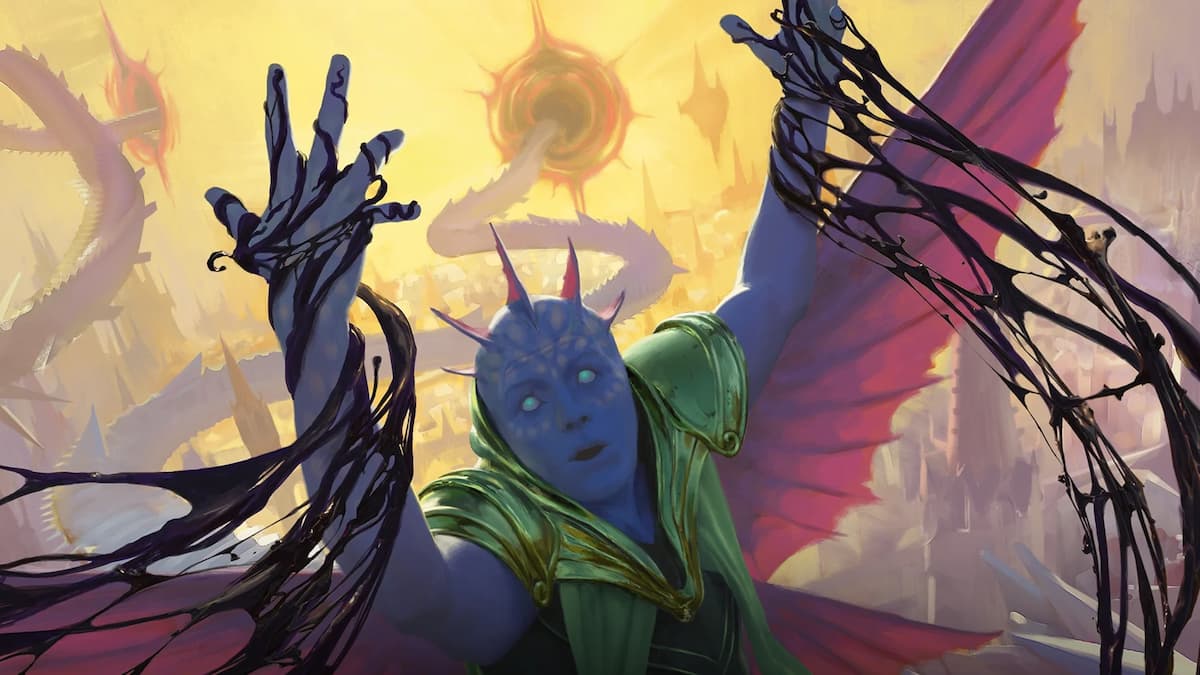


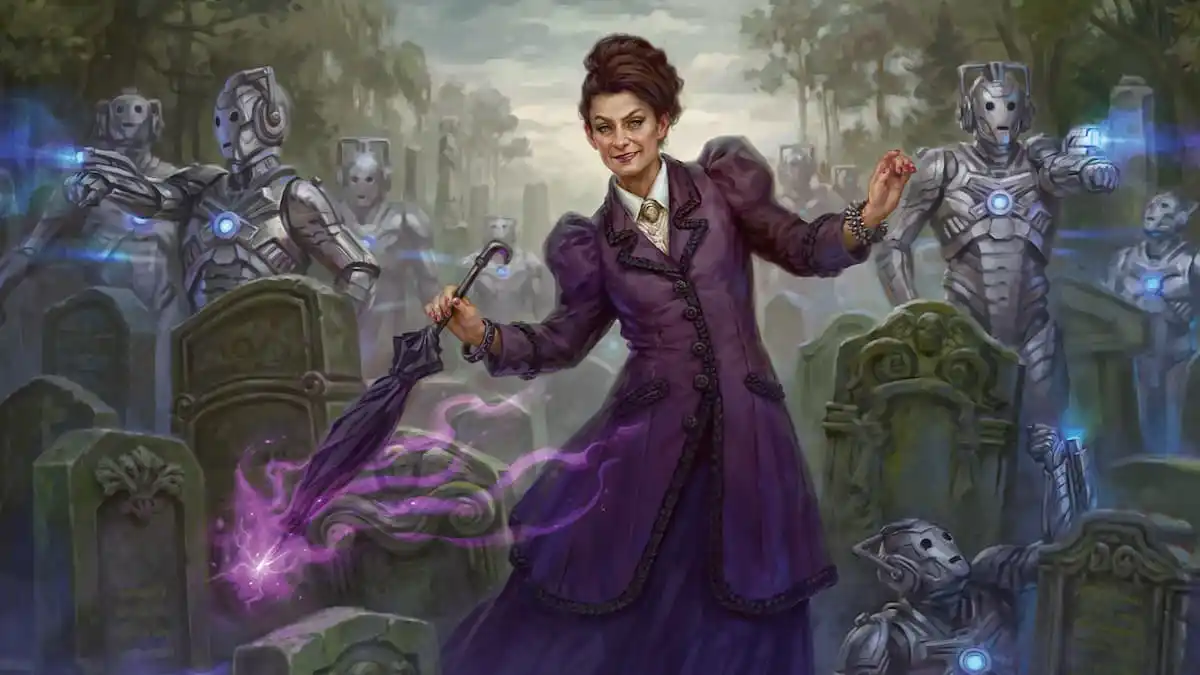
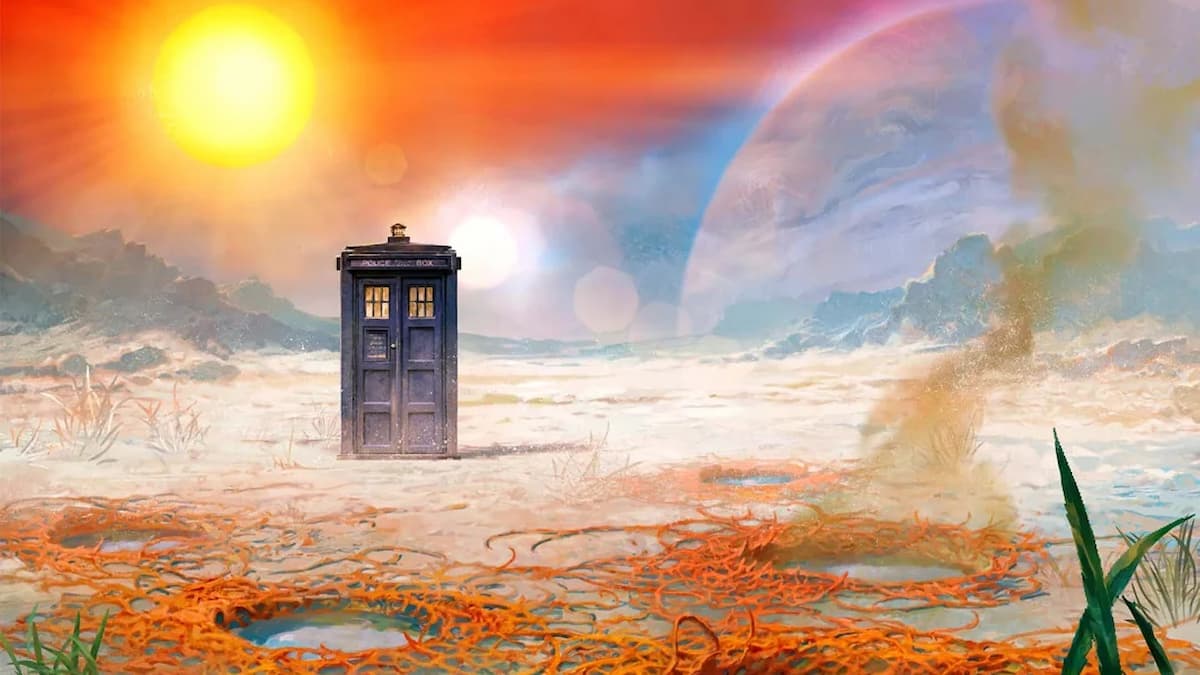
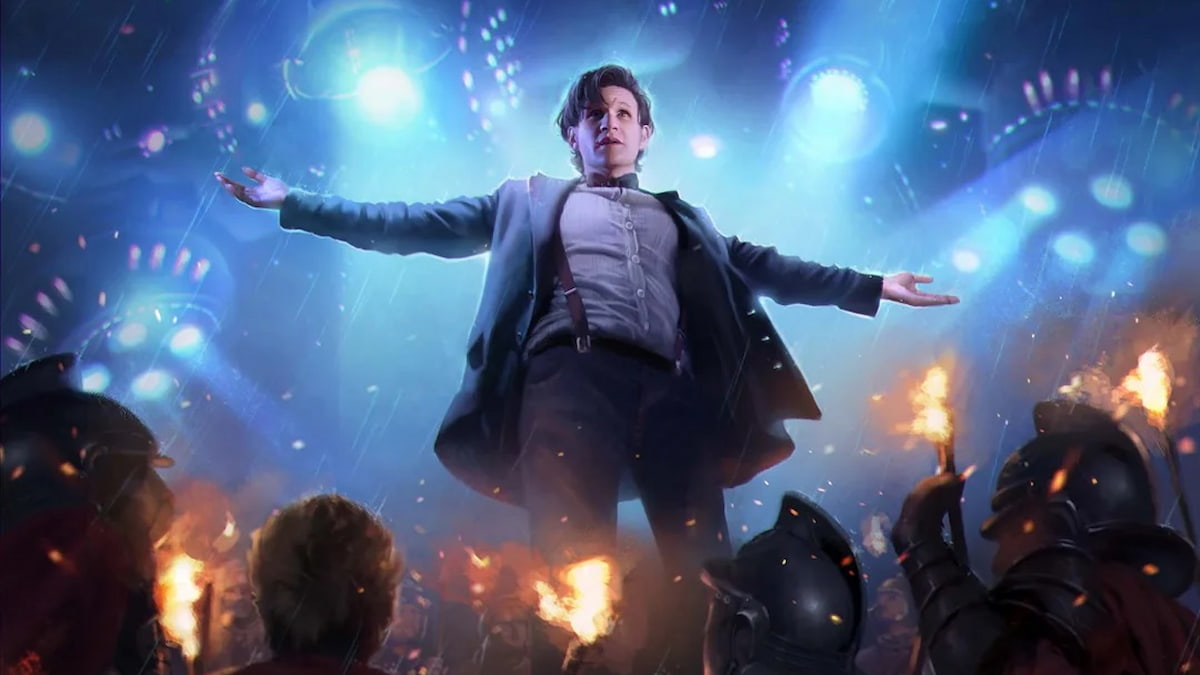
Published: Apr 20, 2023 11:54 am